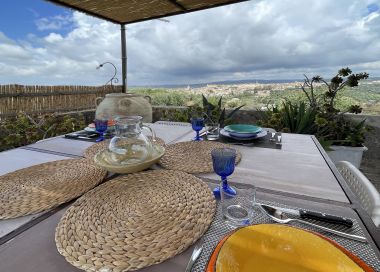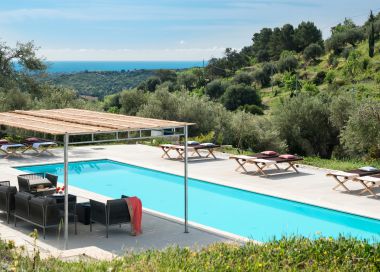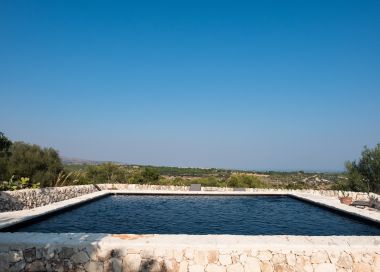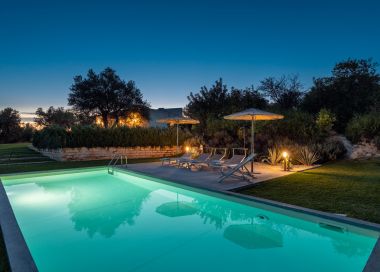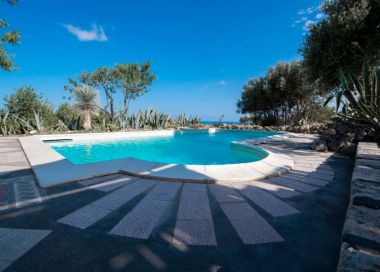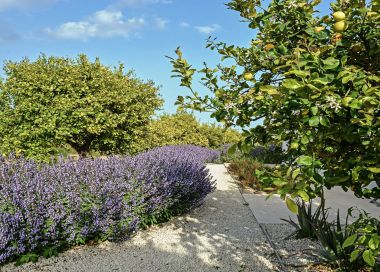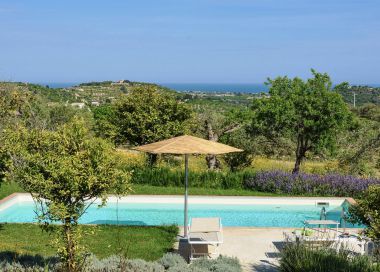Noto
Noto city. The triumph of Sicilian Baroque.
The original site of the ancient city of Noto is located 8 kilometres north of the current city. In 1693 the ancient city of Noto was razed to the ground by a powerful earthquake during which more than one thousand of the city's inhabitants died. Immediately after this terrible event the task of reconstructing the city further downstream was given to Giuseppe Lanza, Duke of Camastra. Noted architects and skilled craftsmen of the time were called upon to participate in the reconstruction. The reconstruction of the central part of the city took more than one hundred years and lasted until the end of the 18th Century. The city's streets are interspersed with beautiful squares and imposing flights of steps which connect terraces and different levels. The uniform process of reconstruction produced an urban network that was coherent and rich in examples of fine architecture: Cesare Brandi described Noto as a "garden of stone". The soft, local stone, somewhere between gold and pink in colour, was used extensively and intricately carved with lavish designs. The reconstruction took place under the guidance of the Duke of Camastra who was the Spanish Viceroy's representative in Noto. The city is covered with Baroque palaces and churches of the highest quality such as the Chiesa Madre San Nicolò (the cathedral) which was partially reconstructed several years ago to repair damage caused by a recent earthquake, the church of San Carlo al Corso, the church of San Domenico, the Porta Reale and the aristocratic palaces of Nicolaci di Villadorata, Trigona di Cannicarao and Landolina di San'Alfano. In 2005 Noto was declared a UNESCO World Heritage Site. Noto's economy today revolves around tourism due also to the fact that two important nature reserves (Vendicari and Cassibile) and some long stretches of beach covered in fine, golden sand are located nearby. Noto is famous also for its production of the Eloro and Val di Noto DOC wines. In May each year the classical "infiorata" (carpet of flowers) takes place in Via Nicolaci during which the street is covered in flowers made up into numerous intricate designs.









